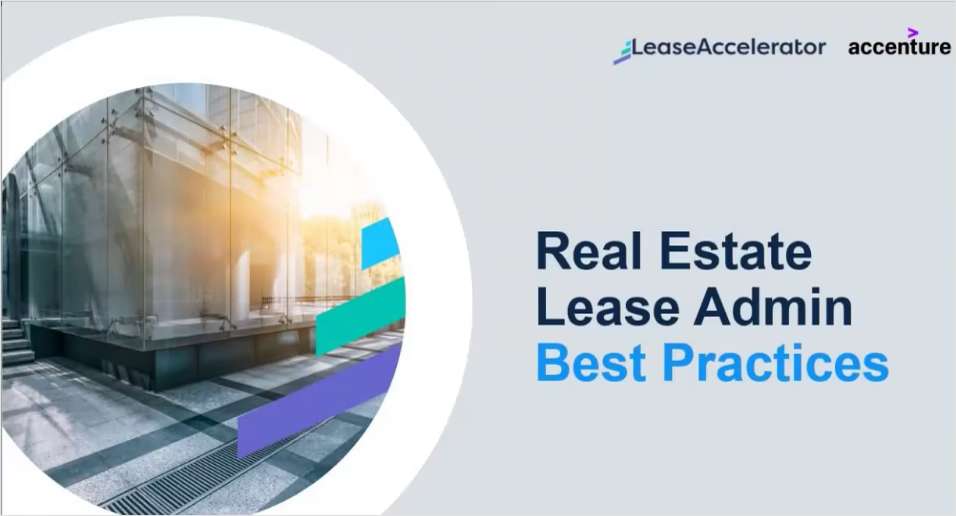WASHINGTON, DC—Yesterday we reported that MRP Realty announced it would be co-redeveloping Rhode Island Center into a mixed-use project that would include, in its first phase, 345 apartments and 47,000 square feet of retail.
GlobeSt.com caught up with principal Ryan Wade to get more details about the project. Here is what we learned.
How Much and Who
The development costs are estimated to be $115 million or so for phase one. As for phase two, Wade cannot say for sure, but a rough guess would be a number comparable to phase one's.
B&R Assoc., the partner in this endeavor, consists of two families that own Rhode Island Center after developing it in the mid 1980s.
MRP execs had their eye on the project for some time. The project's architect introduced them to the families some 18 months ago. "We have been developing a relationship with them ever since," Wade says.
A Complicated Structure
The JV is actually more of a collaborative structure -- and a very complicated one. Currently the families own the "lion's share" of the venture but it will likely grow to a 50-50 split over time, as MRP will be funding much of the building. The agreement does give the families the ability to invest in the vertical development components and realize development profits as well, Wade says. Wade says MRP is not looking to buy the project at the end.
A Sense of Place With A Great Bike Path
The families "have been actively involved in the design process and are managing the retail center now," Wade says. "They want to create a real sense of 'place' -- bringing density but also creating a walkable space."
Also, he says, the new bike path will be awesome. "We plan to enhance the whole biking experience," Wade says. "We see this as a real plus to attract residents."
The Project's Total Specs
In the end the project will have 130,000-square feet of retail and 1,500 residential units. When GlobeSt.com refers to "phase two" of this project, we actually mean, "phase two and counting." The expectation is that there will probably be at least four or five phases.
Donut Hole
Why the Rhode Island submarket? "It's the hole in the donut in that area," Wade says, "in between NoMa and Brookland, both of which have been built up."
Want to continue reading?
Become a Free ALM Digital Reader.
Once you are an ALM Digital Member, you’ll receive:
- Breaking commercial real estate news and analysis, on-site and via our newsletters and custom alerts
- Educational webcasts, white papers, and ebooks from industry thought leaders
- Critical coverage of the property casualty insurance and financial advisory markets on our other ALM sites, PropertyCasualty360 and ThinkAdvisor
Already have an account? Sign In Now
*May exclude premium content© 2024 ALM Global, LLC, All Rights Reserved. Request academic re-use from www.copyright.com. All other uses, submit a request to [email protected]. For more information visit Asset & Logo Licensing.








